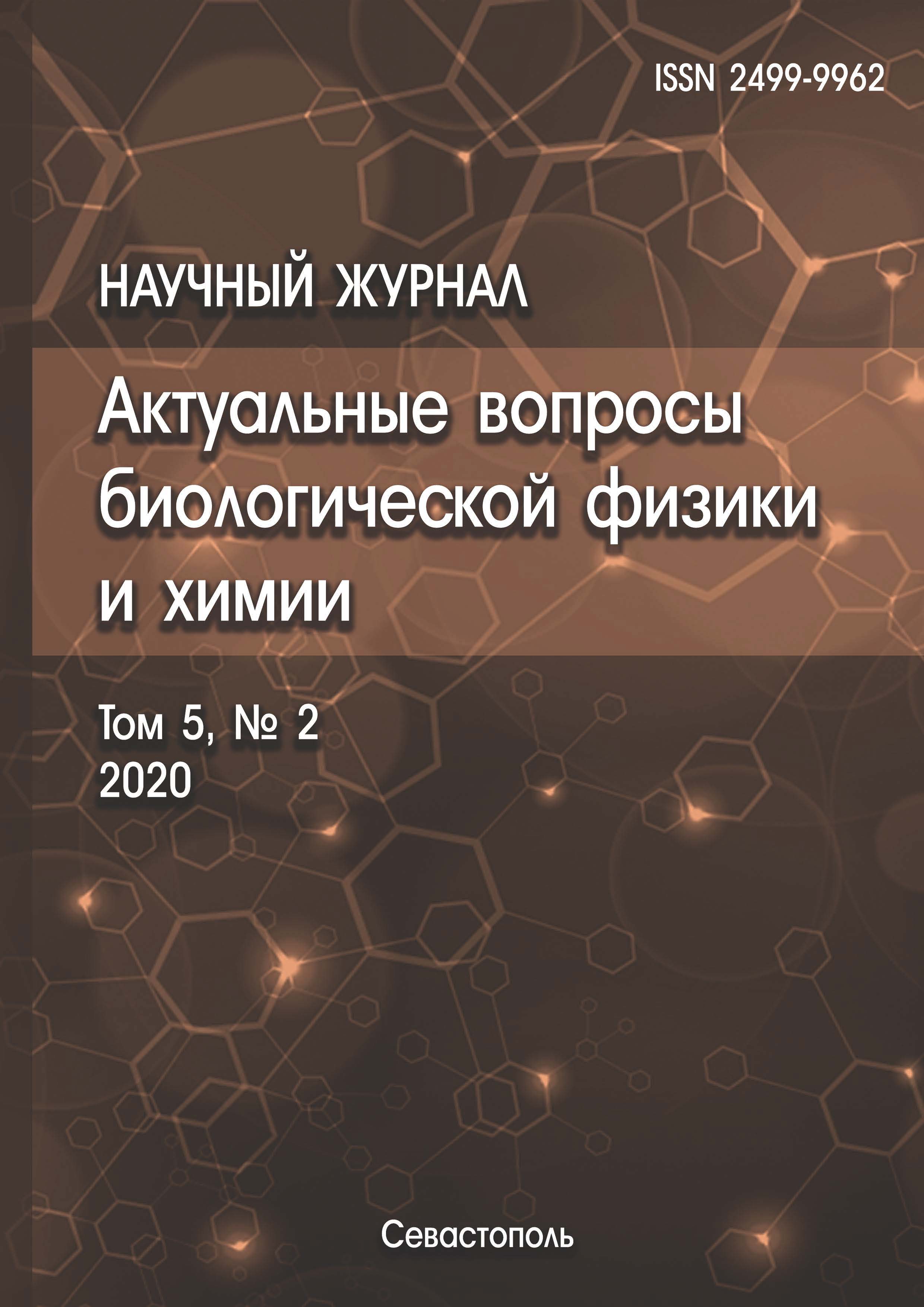The paper shows the possibility of obtaining high-performance silicon sorbents based on acid decomposition of nepheline concentrate with specified structural and surface properties - specific surface area and volume, particle diameter, etc. The physical and chemical properties of silicon dioxide samples obtained by decomposition of nepheline concentrate with nitric and sulfuric acids are given, and it is proposed to use the systems H2SO4-H2O and H2SO4-C2H5OH when opening nepheline with a solution of sulfuric acid. Data on sorption-desorption and distribution of pore volume by their diameter of the SiO2 samples obtained are given. Conclusions are made about the type and shape of the pores prevailing in the samples. It is shown that both meso-and micro - and macroporous silicas with a developed specific surface area (285¸600 m2/g) can be obtained from nepheline. It is concluded that silicon sorbents with controlled structural and surface properties can be obtained on the basis of nepheline concentrate.
amorphous silicon dioxide, nepheline, sorption, BET surface area, porous structure
1. Phuong H.T., Huong T.T., Vinh L.T., Khuyen H.T., Thao D.T., Huong N.T., Lien P.T., Minh L.Q. Synthesis and characterization of NaYF4: Yb3+, Er3+ @silica-N=folic acid nanocomplex for bioimaginable detecting MCF-7 breast cancer cells. Journal of Rare Earths, 2019, vol. 37, pp. 1183-1187. DOI:https://doi.org/10.1016/j.jre.2019.01.005.
2. Nethi S.K., Das S., Patra C.R., Mukherjee S. Recent advances in inorganic nanomaterials for wound-healing applications. Biomaterials Science, 2019, vol. 7, no. 7, pp. 2652-2674. DOI:https://doi.org/10.1039/c9bm00423h. EDN: https://elibrary.ru/TRWBKH
3. Asgari V., Landarani-Isfahani A., Salehi H., Amirpour N., Hashemibeni B., Rezaei S., Bahramian H. The Story of Nanoparticles in Differentiation of Stem Cells. Neural Cells Neurochemical Research, 2019, vol. 44, no. 12, pp. 2695-2707. DOI:https://doi.org/10.1007/s11064-019-02900-7. EDN: https://elibrary.ru/JWERFM
4. Sanganalmatha P.U., Nagarajuc P.M., Sreeramulua K. Determination of quinalphos in human whole blood samples byhigh-performance thin-layer chromatography for forensicapplications. Journal of Chromatography A, 2019, vol. 1594, pp. 181-189. DOI:https://doi.org/10.1016/j.chroma.2019.02.003.
5. Dulski M., Dudek K., Chalon D., Kubacki J., Sulowicz S., Piotrowska-Seget Z., Mrozek-Wilczkiewicz A., Gawecki R., Nowak A. Toward the Development of an Innovative Implant: NiTi Alloy Functionalized by Multifunctional β-TCP+Ag/SiO2. Coatings ACS Applied Bio Materials, 2019, vol. 2, no. 3, pp. 987-998. DOI:https://doi.org/10.1021/acsabm.8b00510. EDN: https://elibrary.ru/XKAJRI
6. Al-Terehi M.N., Alkaim A.F. Role of nanoparticles applications as a model in DNA technologies; a review Indian. Journal of Forensic Medicine and Toxicology, 2019, vol. 13, no. 4, pp. 855-860. DOI:https://doi.org/10.5958/0973-9130.2019.00402.X.
7. Arriagada F., Nonell S., Morales J. Silica-based nanosystems for therapeutic applications in the skin. Nanomedicine, 2019, vol. 14, no. 16, pp. 2243-2267. DOI:https://doi.org/10.2217/nnm-2019-0052.
8. Sun G., Zeng S., Liu X., Shi H., Zhang R., Wang B., Zhou C., Yu T. Synthesis and Characterization of a Silica-Based Drug Delivery System. Spinal Cord Injury Therapy Nano-Micro Letters, 2019, vol. 11, no. 1, p. 23. DOI:https://doi.org/10.1007/s40820-019-0252-6. EDN: https://elibrary.ru/BGKKBD
9. Reshetnikov V.I. Evaluation of the adsorption capacity of enterosorbents and related medicinal preparations. Pharmaceutical Chemistry Journal, 2003, vol. 37, no. 5, pp. 246-251. DOI:https://doi.org/10.1023/A:1025334707409. EDN: https://elibrary.ru/LHZMIL
10. Markelov D.A., Nitsak O.V., Gerashchenko I.I., Comparative study of the adsorption activity of medicinal sorbents. Pharmaceutical Chemistry Journal, 2008, vol. 42, no. 7, pp. 405-408. DOI:https://doi.org/10.1007/s11094-008-0138-2. EDN: https://elibrary.ru/XKIBPR
11. Chukin G.D. Himiya poverhnosti i stroenie dispersnogo kremnezema. M.: Tipografiya Paladin, OOO «Printa», 2008, 172 s. @@[Chukin G.D. Surface chemistry and structure of dispersed silica. M.: Tipografiya Paladin, OOO «Printa», 2008,172 p. (In Russ.)]
12. Kim H.M., Noh Y.J., Yu J., Kim S.Y., Youn J.R., Silica aerogel/polyvinyl alcohol (PVA) insulation composites with preserved aerogel pores using interfaces between the superhydrophobic aerogel and hydrophilic PVA solution. Composites: Part A, 2015, vol. 75, pp. 39-45. DOI:https://doi.org/10.1016/j.compositesa.2015.04.014.
13. Luo Y., Li Z., Zhang W., Rapid synthesis and characterization of ambient pressure dried monolithic silica aerogels in ethanol/water co-solvent system. Journal of Non-Crystalline Solids, 2019, vol. 503-504, pp. 214-223. DOI:https://doi.org/10.1016/j.jnoncrysol.2018.09.049.
14. Baetens R., Jelle B.P., Gustavsen A., Aerogel insulation for building applications: a state-of-the-art review. Energy and Buildings, 2011, vol. 43, pp. 761-769. DOI:https://doi.org/10.1016/j.enbuild.2010.12.012. EDN: https://elibrary.ru/OENAUD
15. Zaharov V.I., Kalinnikov V.T., Matveev V.A., Mayorov D.V. Himiko-tehnologicheskie osnovy i razrabotka novyh napravleniy kompleksnoy pererabotki i ispol'zovaniya schelochnyh alyumosilikatov. ch. 1. Apatity: Izd. KNC RAN, 1995, 181 s. @@[Zaharov V.I., Kalinnikov V.T., Matveev V.A. et al. Chemical and technological bases and development of new directions of complex processing and use of alkaline aluminosilicates. part.1. Apatity: publ. KSC RAS, 1995, 181 p. (In Russ.)]
16. Velyaev Y.O., Zakharov V.I., Maiorov D.V. Improvement of the technology for the synthesis of an alumosilicate coagulant-flocculant based on nepheline. Glass Physics and Chemistry, 2011, vol. 37, no. 5, pp. 568-571. DOI:https://doi.org/10.1134/S1087659611050154. EDN: https://elibrary.ru/PEEHAJ
17. Matveev V.A., Velyaev Yu.O., Mayorov D.V. Usovershenstvovanie metoda vydeleniya chistogo dioksida kremniya iz rastvorov ot serno-kislotnogo razlozheniya nefelina. Himicheskaya tehnologiya, 2013, t. 14, № 8, s. 453-459. @@[Matveev V.A., Velyaev Y.O., Majorov D.V. Improvement of the method of separation of pure silicon dioxide from solutions of sulfuric acid decomposition of nepheline. Himicheskaya tekhnologiya, 2013, vol. 14, no. 8, pp. 453-459. (In Russ.)] EDN: https://elibrary.ru/RADTWN
18. Velyaev Y., Maiorov D., Kometiani I. Research on Obtaining Silica Xerogels from Nepheline and Study of some of their Physical and Chemical Properties. MSF, 2020, vol. 989, pp. 121-126. DOI:https://doi.org/10.4028/www.scientific.net/ MSF.989.121. DOI: https://doi.org/10.4028/www.scientific.net/MSF.989.121; EDN: https://elibrary.ru/VCSTXF
19. Gregg S.J., Sing K.S.W. Adsorption, surface area and porosity, second ed. Surface chemistry, Academic press, 1982.










